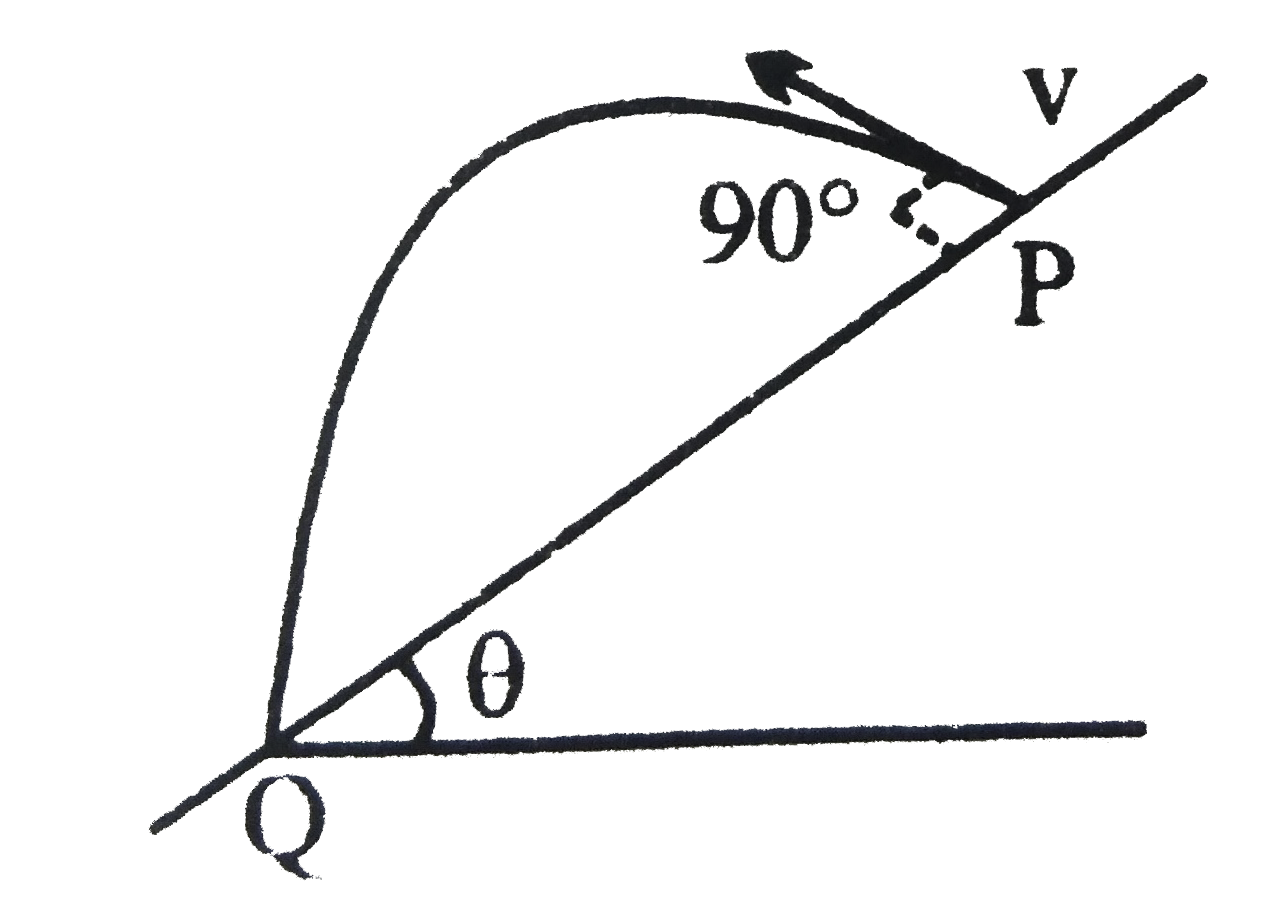At time t=0, a projectile was fired upward from an initial height of 10 feet. Its height after t seconds is given by the function h(t)=p−10(q−t)2, where p and q are positive constants. If the projectile reached a maximum height of 100 feet when t = 3, then what was the height, in feet, of the projectile when t = 4 ?
62
70
85
90
The correct Answer is:D
To solve the problem step by step, we begin with the given height function of the projectile:
h(t)=p−10(q−t)2
Step 1: Use the initial condition
At time t=0, the height of the projectile is given as 10 feet. We can substitute t=0 into the height function:
h(0)=p−10(q−0)2=10
This simplifies to:
p−10q2=10
This is our Equation 1.
Step 2: Use the maximum height condition
We know that the projectile reaches a maximum height of 100 feet at t=3. We substitute t=3 into the height function:
h(3)=p−10(q−3)2=100
Expanding this, we have:
h(3)=p−10(q2−6q+9)=100
This simplifies to:
p−10q2+60q−90=100
Rearranging gives us:
p−10q2+60q−190=0
This is our Equation 2.
Step 3: Solve the equations
Now we have two equations:
1. p−10q2=10 (Equation 1)
2. p−10q2+60q−190=0 (Equation 2)
From Equation 1, we can express p in terms of q:
p=10+10q2
Substituting this into Equation 2:
(10+10q2)−10q2+60q−190=0
This simplifies to:
10+60q−190=0
So,
60q=180
Dividing both sides by 60 gives:
q=3
Step 4: Find p
Now substituting q=3 back into Equation 1 to find p:
p−10(32)=10
This simplifies to:
p−90=10
Thus,
p=100
Step 5: Calculate the height at t=4
Now we have p=100 and q=3. We need to find the height at t=4:
h(4)=p−10(q−4)2
Substituting the values of p and q:
h(4)=100−10(3−4)2
Calculating (3−4)2:
(3−4)2=(−1)2=1
So,
h(4)=100−10(1)=100−10=90
Final Answer
The height of the projectile when t=4 seconds is:
90 feet
At time t=0, the height of the projectile is given as 10 feet. We can substitute t=0 into the height function:
We know that the projectile reaches a maximum height of 100 feet at t=3. We substitute t=3 into the height function:
Now we have two equations:
1. p−10q2=10 (Equation 1)
2. p−10q2+60q−190=0 (Equation 2)
Now substituting q=3 back into Equation 1 to find p:
Now we have p=100 and q=3. We need to find the height at t=4:
The height of the projectile when t=4 seconds is:
Similar Questions
Knowledge Check
When a ball is thrown straight up at an initial velocity of 54 feet per second. The height of the ball t seconds after it is thrown is given by the function h(t)=54t−12t2. How many seconds after the ball is thrown will it return to the ground?
A9.2B6C4.5D4A stone projected vertically upward with initial velocity of 112 feet per second moves according to the equation
s=112t−16t2
where s is the distance , in feet , from the ground , and t is time , in seconds. What is the maximum height reached by the stone ?A672 feetB196 feetC112 feetD96 feetA particle is projected vertically upwards and it reaches the maximum height H in time T seconds. The height of the particle at any time t will be-
Ag(t−T)2BH−12g(t−T)2C12g(t−T)2DH−g(t−T)2
The height reached in time t by a particle thrown upward with a speed u is given by
h=ut−12gt2
where g=9.8ms2 is a constant. Find the time taken in reaching the maximum height.
View SolutionThere are two values of time for which a projectile is at the same height. The sum of these two times is equal to (T = time of flight of the projectile)
View SolutionFor a projectile, the ratio of maximum height reached to the square of flight time is (g=10ms−2)
View SolutionThe height h , in feet , of a ball shot upward from a ground level spring gun is described by the formula h=−16t2+48t. Where t is the time in seconds. What is the maximum height , in feet , reached by the ball ?
View SolutionA toy rocket is fired from ground level. The height of the rocket with respect to time can be represented by a quadratic function. If the toy rocket reaches a maximum height of 34 feet 3 seconds after it was fired, which of the following functions could represent the height, h, of the rocket t secnds after it was fired ?
View Solution
